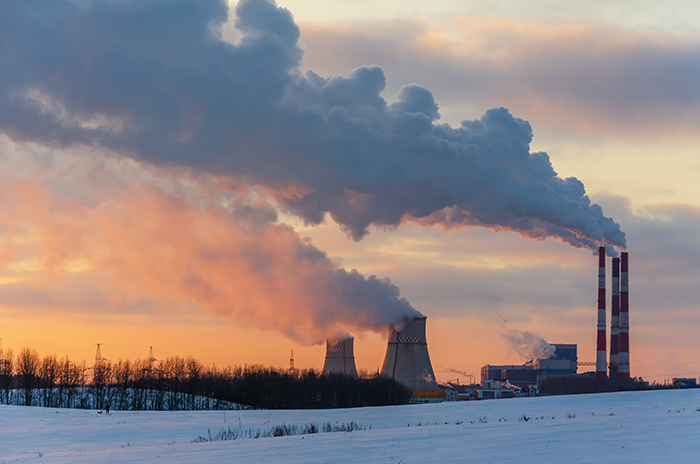China Economic Snapshot
Economic Forecast Summary (November 2022)

Economic Outlook Note - China
Economic growth will slow to 3.3% in 2022 and rebound to 4.6% in 2023 and 4.1% in 2024. The emergence of the omicron variant has led to recurring waves of lockdowns in 2022, disrupting economic activity. Amid mounting headwinds, growth will be held up by infrastructure investment and supportive measures that moderate the correction in the real estate sector.
©Shutterstock/Karabin
Read full country noteEconomic Survey of China 2022
China’s economy has strongly rebounded from the deep dive following the COVID-19 outbreak and has returned to its gradually slowing path. The rebalancing from investment to consumption, from manufacturing to services, and from rural to urban migration have all been set back by the pandemic, but need to restart to make growth sustainable and inclusive. The investment-driven recovery kept investment efficiency low, indicating continued capital misallocation. Corporate debt climbed to pre-pandemic highs: borrowing has been fuelled by crisis-related and more long-standing factors, including implicit guarantees for state-owned enterprises and other public entities. Slowing growth and continuing tax cuts will imply lower fiscal resources to make growth more inclusive, thus stable revenue sources from personal income taxes and dividends from state-owned enterprises are needed. Although the population is aging rapidly, China can still reap the “reform dividend” with measures to keep up the sustained growth of productivity. Reforms that enhance competition in product markets are among those that can potentially bring about significant productivity gains.
Reform Priorities (April 2021)

Going for Growth 2021 - China
The pandemic highlighted weaknesses in the health and social security systems and pushed many households and firms to the brink of bankruptcy. It further widened inequalities between: (i) central provinces and the coast; (ii) already indebted poor households and wealthier ones and (iii) the private sector, with limited access to infrastructure contracts and hardly hit by slackened demand, and the state-owned sector. Such divides need to be addressed to make growth inclusive and sustainable.
©Shutterstock/Anton Petrus
Read full country note2021 Structural Reform Priorities
- Health care: Reduce the share of out-of-pocket payments of healthcare costs to limit the burden on the poor
- Labour market: Facilitate labour mobility and improve skills provision to foster reallocation
- Competition and regulation: Strike a better balance between liberalisation and regulation in financial markets and level the playing field
- Governance and rule of law: Combat non-compliance with laws and regulations
- Environmental policy: Increase ambition and enforcement of environmental policies